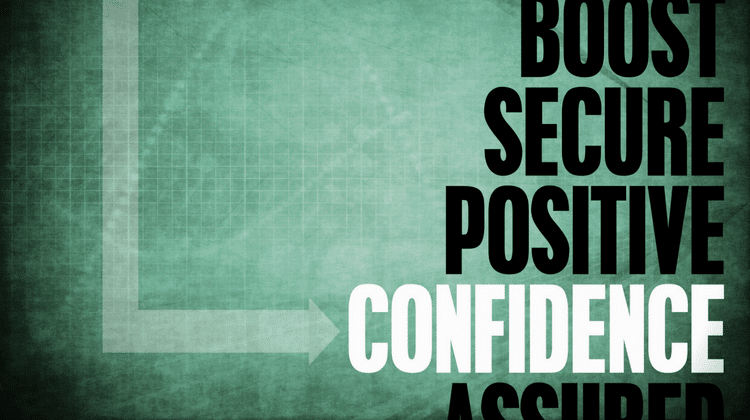
Company performance is measured in financial terms. Human performance is harder to quantify but no less important. As Einstein said, “Not everything that can be counted counts and not everything that counts can be counted.”
Human performance depends on confidence – our trust in our ability to do something. Without confidence, human performance is relegated to untapped potential. Without confident employees, there is no action and no influence.
This is particularly important when we’re asking our people to work outside of their comfort zones where confidence is truly tested.
Women, in particular, are said to struggle with confidence. Perhaps they struggle no more than men but are more likely to admit to it with men socialized to show only their armor to the world. They also face more obstacles in predominantly male workplaces. So how can we get our employees – women in particular – acting and leading with confidence and influence?
Temporary Confidence Issues can be Easily Fixed
When confidence issues arise, we can often deploy quick-fix strategies. Everyone lacks confidence from time to time, and especially when operating out of their comfort zone. When this happens, there are three practical things you can do:
1. Borrow Strategies
Get employees to borrow strategies from other areas or times of their lives by asking them to recall a time when they felt supremely confident in something, giving them that confidence again by accessing the internal pictures, sounds, and feelings that went with it as well as the external body language.
2. Lend Them Your Own Belief
If you’ve built trust among your employees over time, then when confidence fails them momentarily, you can lend them your own belief through your positivity and your language. Tell them that you believe in them and know they can do this, and your belief will be transferred and help them achieve what they didn’t believe was possible.
3. Ask Employees to Train for It Mentally
When a high pressure moment is imminent, requiring peak performance, you can ask your employees to train for it mentally, just like sports people do. Every day they visualize themselves running through the activity with great confidence and handling all obstacles with aplomb. By the time they get to the actual event, the body will materialize what the brain has visualized.
True Confidence is Multi-faceted
Confidence is often tested in business when employees have to give a pitch or presentation, and for this, external confidence is key (i.e., the confidence they project to others). They need to appear confident to their audience, and this can be taught through various presentation skills courses. In the long-term, however, true confidence comes in a variety of forms, all of which need to be understood and worked at.
Internal Confidence Enhances Team Harmony
Internal confidence is a general acceptance of self, of one’s strengths and weaknesses, and of one’s mistakes since this is where growth happens. To improve internal confidence, get your employees together to list all the qualities they like and dislike in others (without naming names), and then discuss negative traits that they feel strongest about, because this is often where the biggest learning — and self-acceptance — lies. When your employees accept themselves, they also accept others, and this brings harmony to your team.
Deep Confidence is the Secret to Motivation
When your employees understand their values and have a sense of purpose, their confidence is contagious. This is deep confidence. Nurturing deep confidence in your people is the secret to their motivation, and you can start doing this by understanding what’s important to them and aligning it with what’s important to the organization as a whole. One way to access deep confidence is to formulate an ambitious vision that connects emotionally with every one of your employees.
Strategic Confidence Ensures Consistent Outcomes
Strategic confidence is the ability to remain confident in the face of unexpected situations and external feedback. It often comes as a result of the other three confidence types – external, internal and deep confidence. It also comes when you teach your employees to listen intently to others, understand their perspectives, and make every idea a win-win opportunity. The more your employees are focused on others, the less they will worry about how they are being perceived, and the more confident and consistently successful they will become.
About the Author
Karen J. Hewitt is CEO of Leaderlike Ltd, providing culture change program design, change leader training and confidence masterclasses for executive women. She is the author of “Employee Confidence – the New Rules of Engagement,” and believes that great things happen when we tap into our hidden confidence resources.